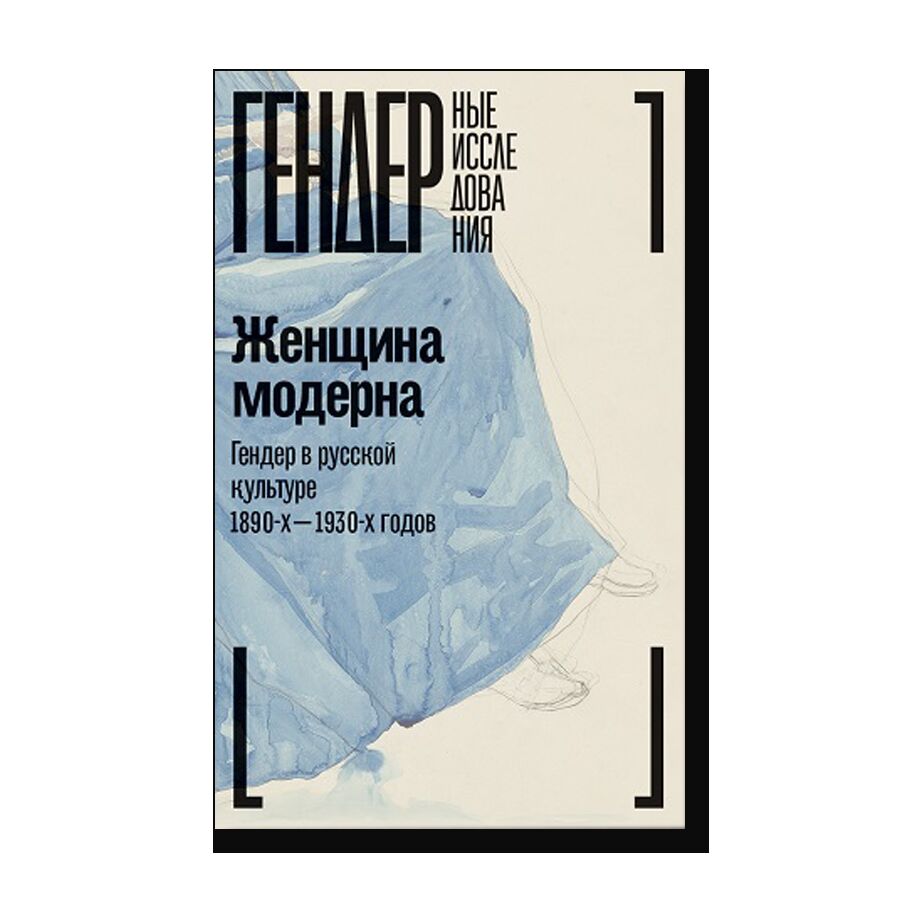Creation of the World in West-European Iconography. Experience of Iconographic Genealogy
- Year: 2021
- Language: Russian
- Publisher: New Literary Observer
- ISBN: 9785444815519
- Page: 464
- Cover: paperback
- About the Book
Studying the 8th–12th-century iconography of the Creation offers a possibility to follow the logicof spreading of the iconographic patterns fully or partially on a wide territory of Mediaeval Europe. The most influential of all Early-Christian protographs for Western Europe was the so-called Cotton Genesis. It was the ultimate source of cycles, singular compositions or some separate elements that could be integrated in other scenes with similar subjects belonging to other traditions, e.g. “Roman-type” monuments (frescoes and book illumination of Rome and Lazio) etc. Thus, in the scenes of the First Day of Creation and the Creation of Adam in Carolingian and some later monuments, the figures of angels standing by the Creator may be related to the personifications of the Days of Creation in the Cotton Genesis. The recently discovered 8th–9th-century Langobard frescoes in the Crypt of the Fall near Matera allow us to attribute the first examples of this kind of separate motive migration to Carolingian period. They also mark the Southern border of ‘Сottonian’ expansion area in Western Europe. The monuments of Rhein-Maas region, including the Verdun homiliary (first quarter of the 12th century), mark the Northern border of this type’s expansion.





